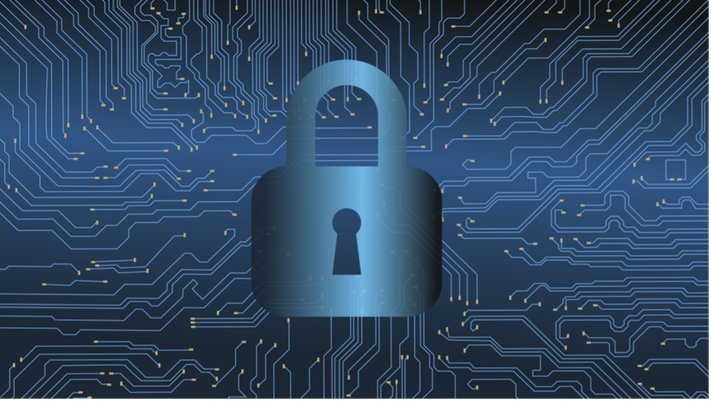Why Secure Configuration is Critical?
As delivered from manufacturers and resellers, the default configurations for enterprise assets and software are normally geared towards ease-of-deployment and ease-of-use rather than security. Basic controls, open services and ports, default accounts or passwords, pre-configured Domain Name System (DNS) settings, older (vulnerable) protocols, and pre-installation of unnecessary software can all be exploitable if left in their default state. Further, these security configuration updates need to be managed and maintained over the life cycle of enterprise assets and software. Configuration updates need to be tracked and approved through configuration management workflow process to maintain a record that can be reviewed for compliance, leveraged for incident response, and to support audits. This CIS Control is important to on-premises devices, as well as remote devices, network devices, and cloud environments.


